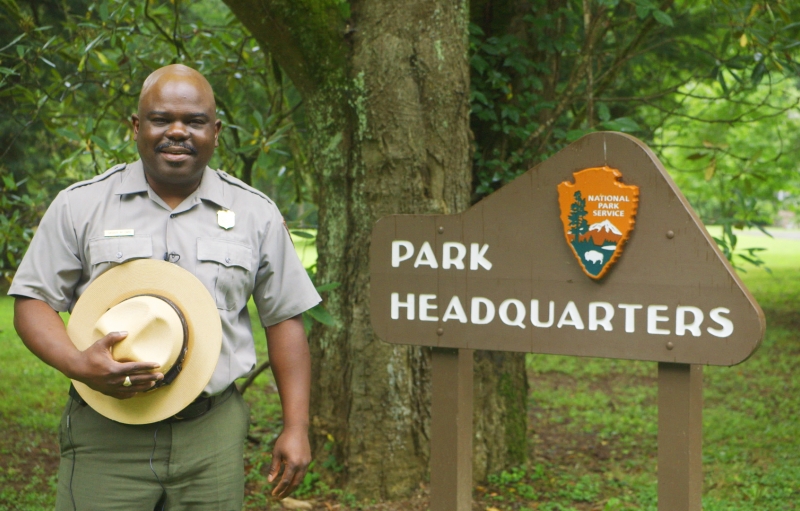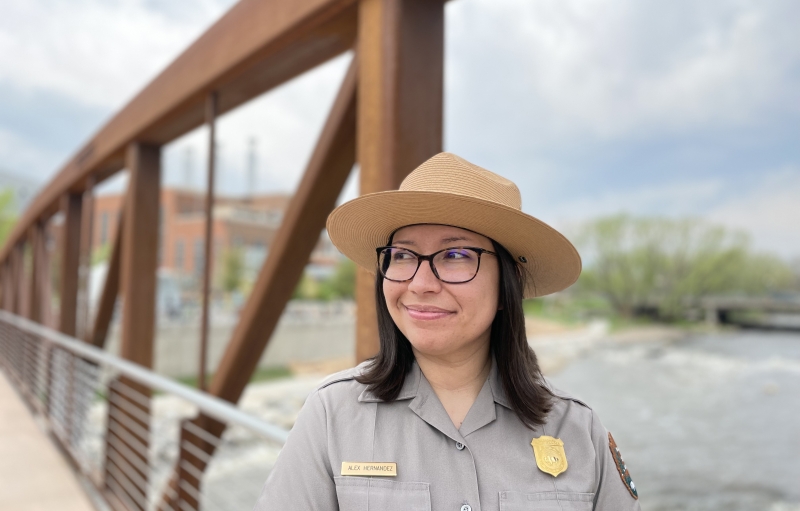Our national parks provide these types of opportunities for all of us, opportunities to stand where heroes stood.
Did you know you can look out at the same ocean views that an all-black lifesaving crew monitored day and night in the late 1800s? You can also walk the grounds where free men of color fought to win the 1815 Battle of New Orleans. National parks give us places to learn about our past and reflect on the leaders whose visions carried us into the present. Join us as we take a deeper dive into a few parks in North Carolina and Louisiana and explore the stories they share with us.







